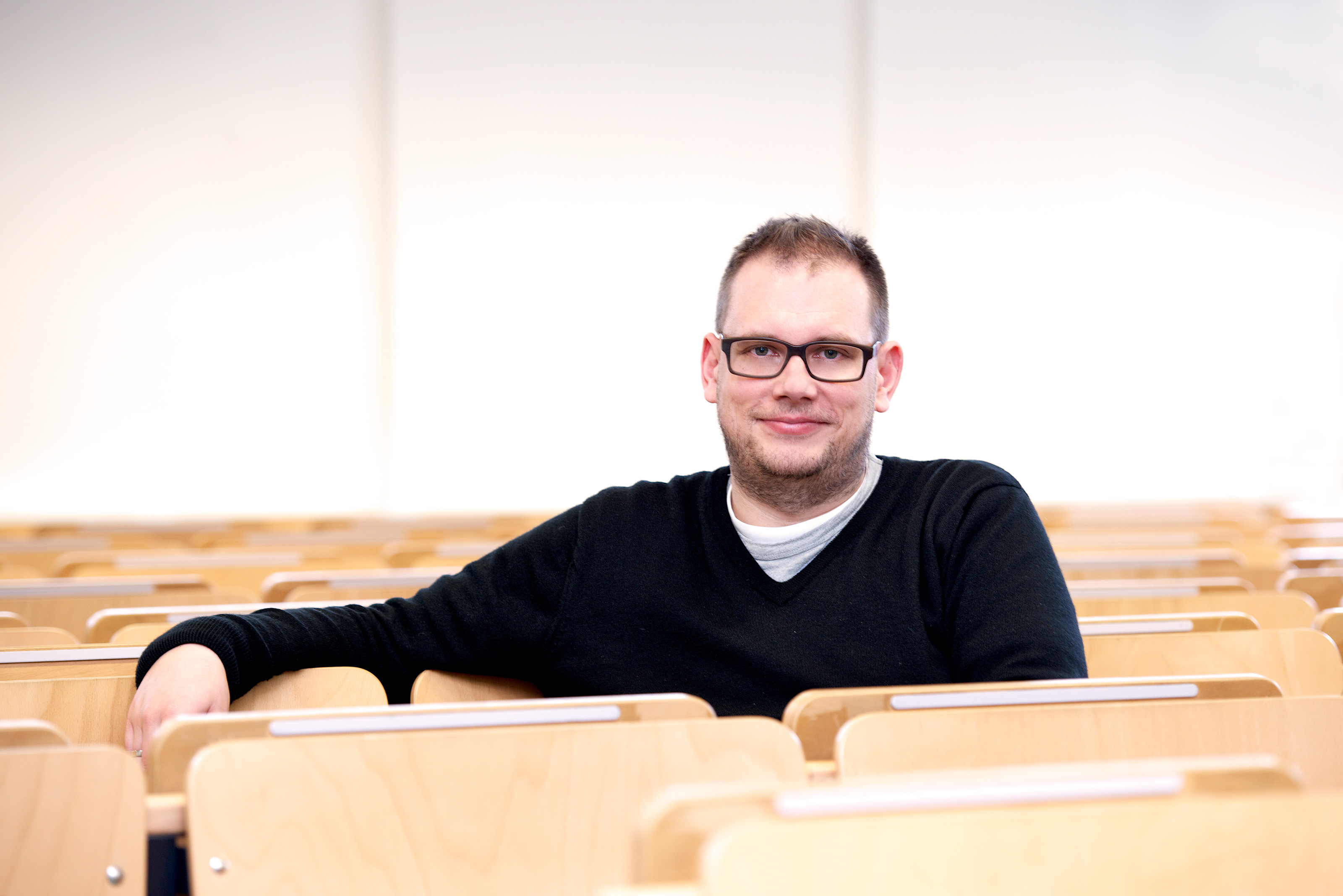
Research breakthrough: conductive surfactants synthesized for the first time
The research team headed by Professor Sebastian Polarz successfully gave surfactants new features.
Surfactants are highly important molecules everyone uses every day. For example, they are the basis for laundry detergents or emulsifiers. Known surfactants are purely organic compounds consisting of a water-soluble (hydrophilic) group and an oil-soluble (hydrophobic) group attached to each other in one molecule. One of their unique characteristics is the ability for spontaneous assembly into self-organised structures depending on concentration. One of these structures is the micelle. It is created in a liquid solution when the hydrophilic groups turn towards the outside and the hydrophobic ones towards the inside. In the case of laundry detergents, this means the stains can be washed from clothing and be captured on the inside of the micelles to be drained away with the wash water.
A central research task of the chair for functional materials, headed by chemist Professor Sebastian Polarz, is to equip surfactants with new, yet inaccessible properties. Since 2014, the work has been funded by a European Research Council (ERC) Consolidator Grant for the project titled “Inorganic surfactants with multifunctional heads (I-SURF)”. For the first time, the team has now been able to synthesise surfactants characterized by electrical conductivity and to document this unique feature. Since surfactants are often used to stabilise nanoparticles, this is a particularly desirable characteristic - for example for the development of solar cells. The original publication from Alexander Klaiber and Sebastian Polarz titled: “Passing Current through Electrically Conducting Lyotropic Liquid Crystals and Micelles Assembled from Hybrid Surfactants with π-Conjugated Tail and Polyoxometalate Head” was published online by ASC Nano under: DOI:10.1021/acsnano.6b04677
Standard surfactants cannot conduct electricity, since they are conventional organic molecules. On surfaces they form an insulating layer. The research team headed by Sebastian Polarz has now vanquished this disadvantage by replacing head and tail of the surfactant with electrically conducting entities. The water-soluble head group is composed of so-called polyoxometalates, which can be loaded with mobile electrons. The oil-soluble side chain (hydrocarbons in normal surfactants) has been replaced by a conjugated π-system so that each of the individual components is now able to transport charge carriers. The researchers could prove that the entire surfactant, too, is electrically conducive.
The motivating vision behind the research work is to eventually develop micellar electrical catalysts. That means a catalyst is placed inside a micelle. The catalyst requires electricity two work and can thus be regulated by an external trigger. "This might now be accomplished using our system, and this is the great breakthrough we have achieved", explains Sebastian Polarz.
The result is also very interesting for the field of solar cell research, as solar cells often are produced from nanoparticles that are stabilised with the help of surfactants. To get rid of the insulating cover, usually baking at high temperatures is used. This process, however, may have undesired side effects. "Literature clearly shows that surfactants have excellent properties but disrupt electrical communication between the individual constituents. For the first time, we have now succeeded in producing electroconductive surfactants", says Sebastian Polarz.
Original Publication:
Alexander Klaiber, Sebastian Polarz: Passing Current through Electrically Conducting Lyotropic Liquid Crystals and Micelles Assembled from Hybrid Surfactants with π-Conjugated Tail and Polyoxometalate Head. Published online by ASC Nano under: DOI:10.1021/acsnano.6b04677
Facts:
- Professor Sebastian Polarz has been professor of functional inorganic materials at the University of Konstanz since 2007. The area has three research focuses: porous materials, nano particles and surfactants.
- Sebastian Polarz obtained an ERC Consolidator Grant in 2014 for his research project to investigate a new class of surfactant systems.
- The European Research Council (ERC) funds this pioneering work with 1.9 million euros until 2019.
